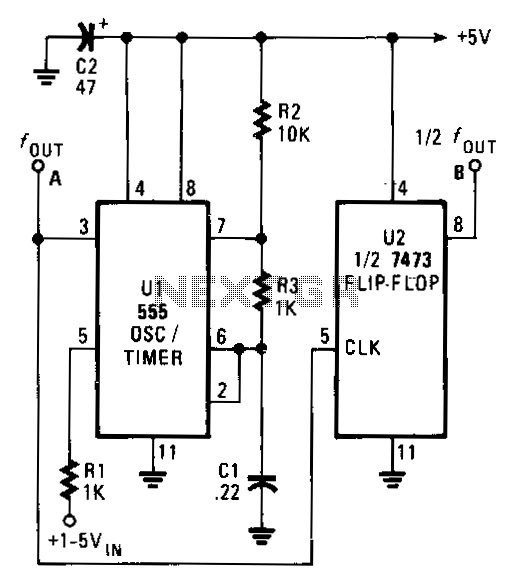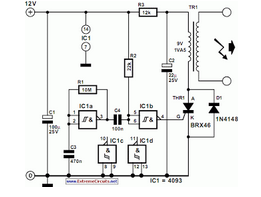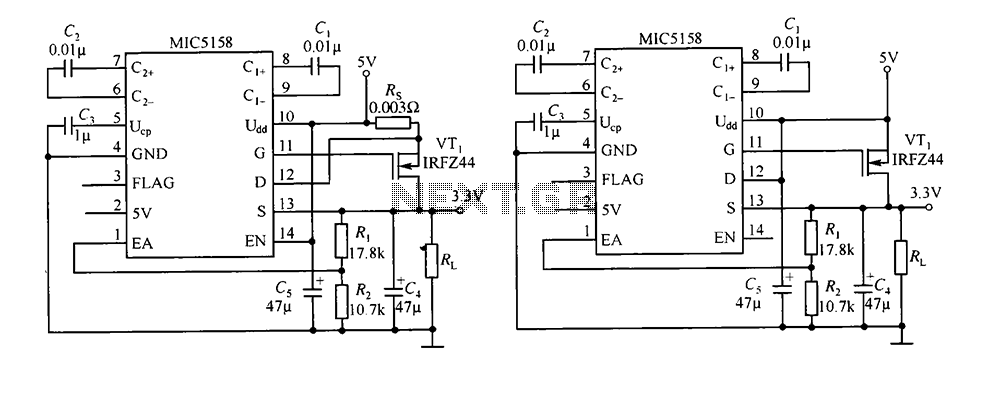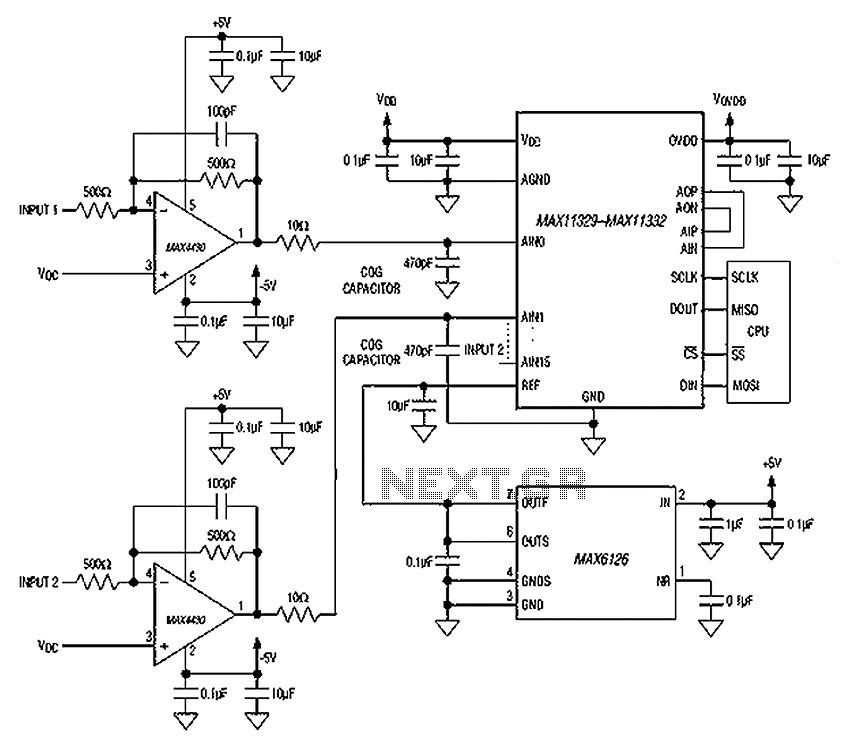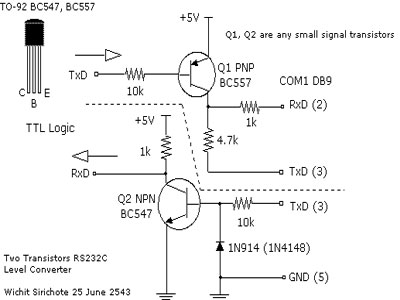
Quantum Resonant Gyrator Embodies Simple Tesla Technology
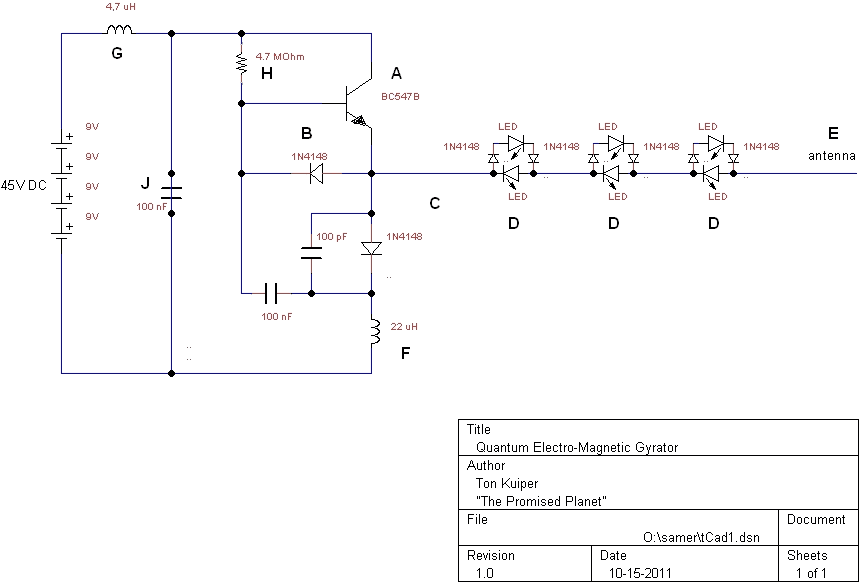
An electrician and businessman named Ton Kuiper has invented a circuit that is claimed to produce longitudinal waves, along with many effects similar to those of Nikola Tesla's technology, while being powered solely by a few nine-volt batteries. A schematic and a video are provided.
The circuit in question is designed to generate longitudinal waves, which are a type of mechanical wave that propagates through a medium in a direction parallel to the direction of the wave's oscillation. This technology is often associated with Tesla's experiments in wireless energy transmission and resonance.
The schematic likely includes a power supply section, consisting of multiple nine-volt batteries connected in parallel or series to achieve the desired voltage and current levels. The circuit may include various components such as capacitors, inductors, and resistors configured to create oscillations at specific frequencies.
Additionally, the circuit may utilize a coil or antenna to facilitate the emission of longitudinal waves. The design could also incorporate feedback mechanisms to enhance wave production and efficiency.
The video accompanying the schematic may demonstrate the operation of the circuit, showcasing the effects produced and providing practical insights into its functionality. Overall, this invention represents a blend of modern electronic engineering principles with historical concepts from early electrical experiments.An electrician and businessman by the name of Ton Kuiper has invented a circuit that is asserted to produce longitudinal waves, and many of the effects of Nikola Tesla`s technology, while powered only by a few nine volt batteries. A schematic and a video are provided.. 🔗 External reference
The circuit in question is designed to generate longitudinal waves, which are a type of mechanical wave that propagates through a medium in a direction parallel to the direction of the wave's oscillation. This technology is often associated with Tesla's experiments in wireless energy transmission and resonance.
The schematic likely includes a power supply section, consisting of multiple nine-volt batteries connected in parallel or series to achieve the desired voltage and current levels. The circuit may include various components such as capacitors, inductors, and resistors configured to create oscillations at specific frequencies.
Additionally, the circuit may utilize a coil or antenna to facilitate the emission of longitudinal waves. The design could also incorporate feedback mechanisms to enhance wave production and efficiency.
The video accompanying the schematic may demonstrate the operation of the circuit, showcasing the effects produced and providing practical insights into its functionality. Overall, this invention represents a blend of modern electronic engineering principles with historical concepts from early electrical experiments.An electrician and businessman by the name of Ton Kuiper has invented a circuit that is asserted to produce longitudinal waves, and many of the effects of Nikola Tesla`s technology, while powered only by a few nine volt batteries. A schematic and a video are provided.. 🔗 External reference
